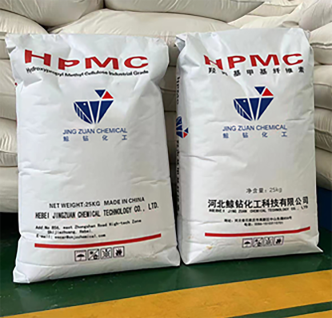
Aug . 13, 2024 21:36 Back to list
Exploring the Properties and Applications of HPMC 4000 CPS in Pharmaceutical Formulations
HPMC 4000 CPS A Versatile Polymer in Modern Applications
Hydroxypropyl Methylcellulose (HPMC) is a widely used cellulose ether that has garnered significant attention across various industries due to its unique properties and versatility. Among the different grades of HPMC, HPMC 4000 CPS stands out for its specific viscosity and applicability in multiple domains, from pharmaceuticals to construction materials. Understanding HPMC 4000 CPS—a polymer that has become instrumental in contemporary applications—can shed light on its benefits and potential.
HPMC is a semi-synthetic polymer derived from cellulose, which is naturally abundant in plant cell walls. By modifying cellulose through hydroxypropyl and methyl substitution, HPMC achieves a range of physical and chemical properties that make it suitable for diverse applications. The term 4000 CPS refers to its viscosity measured in centipoise (CPS) at a concentration of 2% in water. This particular viscosity denotes its moderate to high thickness, making it ideal for various formulations.
HPMC 4000 CPS A Versatile Polymer in Modern Applications
In the realm of construction, HPMC 4000 CPS plays a vital role as an additive in cement-based formulations. Its water-retaining properties improve workability and extend the open time of mortars and plasters, ensuring that the materials remain workable during application. This is particularly advantageous in hot or dry conditions, where rapid evaporation can compromise the integrity of the mix. Moreover, HPMC enhances the adhesion of tiles and other materials, contributing to more durable constructions.
hpmc 4000 cps

The food industry also benefits from the incorporation of HPMC. As a food additive, it is utilized for its thickening, emulsifying, and stabilizing properties. HPMC can enhance the texture and mouthfeel of various products, such as ice cream, sauces, and baked goods, providing a desirable consistency and prolonging shelf life. It fits well with the growing trend towards plant-based and gluten-free products, offering a natural alternative for food industry professionals.
In cosmetics and personal care products, HPMC 4000 CPS is valued for its thickening properties and ability to stabilize emulsions. It can be found in a range of products, including lotions, creams, and gels, improving their texture and application. Its gentle nature makes it suitable for sensitive skin formulations, which emphasizes its versatility and broad appeal.
Despite its many applications, the production and use of HPMC 4000 CPS should be approached with environmental considerations in mind. As industries increasingly focus on sustainability, the sourcing of cellulose and the manufacturing processes should prioritize eco-friendliness. Researchers are investigating ways to enhance the biodegradability of HPMC, ensuring that its benefits do not come at the expense of environmental health.
In conclusion, HPMC 4000 CPS is a multifaceted polymer that plays a crucial role in various industries, from pharmaceuticals to food and cosmetics. Its unique properties, such as viscosity, emulsification, and stabilizing characteristics, make it an invaluable component in modern product formulations. As industries continue to evolve, HPMC 4000 CPS is likely to remain a key player, demanding innovation and sustainable practices for future applications.
-
Versatile Hpmc Uses in Different Industries
NewsJun.19,2025
-
Redispersible Powder's Role in Enhancing Durability of Construction Products
NewsJun.19,2025
-
Hydroxyethyl Cellulose Applications Driving Green Industrial Processes
NewsJun.19,2025
-
Exploring Different Redispersible Polymer Powder
NewsJun.19,2025
-
Choosing the Right Mortar Bonding Agent
NewsJun.19,2025
-
Applications and Significance of China Hpmc in Modern Industries
NewsJun.19,2025







